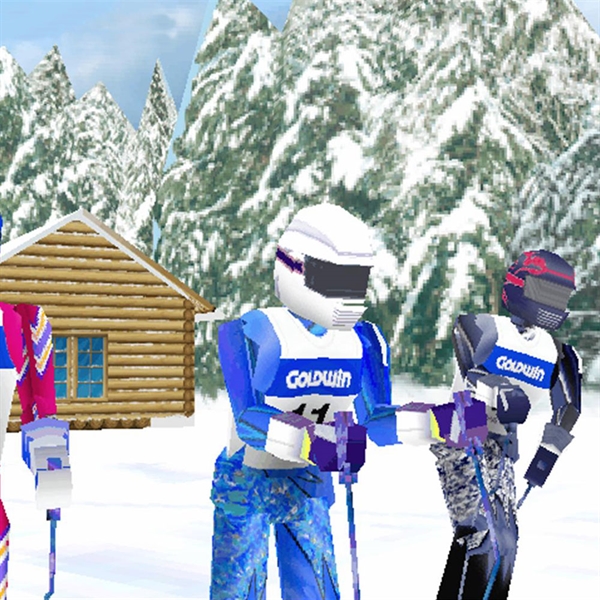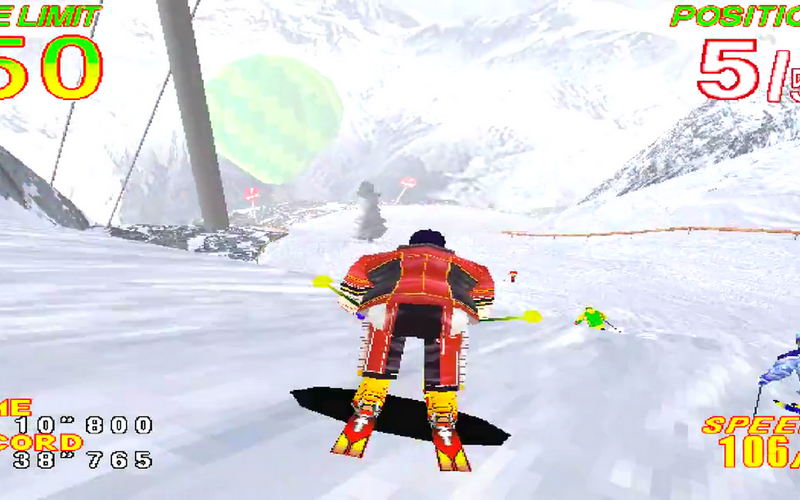


An earlier study of Downhill races assessed whether speed, as a key driver for impact injuries, could be reduced by changes in ski geometry and binding plates.

Additionally a reduction of speed in general, and before potential injury hotspots in particular, may be helpful in preventing impact injuries 14. Consequently, spill zones and impact protective equipment such as netting along the race courses are commonly used countermeasures 13.

Since speed is the driving factor for forces that are dissipated during crashes and collisions with the surroundings 11, impact injuries are frequent in these two competition disciplines 12. In Super-G and Downhill speed is high compared to the other disciplines 9, 10. Accordingly, alpine ski racing is recognized as having one of the highest injury risks of all Olympic winter sports 6, 7, 8. Including overuse injuries and injuries sustained off season, the rates are even higher 4, 5. In each World Cup (WC) alpine ski racing competition season, approximately one third of all athletes suffer an injury 1, 2, 3. It appears that shortening the vertical gate distance is a better and safer way to reduce speed in Super-G than increasing the gate offset. fewer adverse side effects in terms of safety. In contrast, the same reduction in speed can also be achieved by a − 13% change in vertical gate distance, which also leads to a small reduction in minimal turn radius (− 4%) impulse (− 2%), and no change in maximal ground reaction force i.e. This change simultaneously leads to a decrease in minimal turn radius (− 19%), an increase in impulse (+ 27%) and an increase in maximal ground reaction force (+ 6%). To reduce speed by 0.5 m/s throughout a turn, the gate offset needs to be increased by + 51%. The effects of course setting on skier mechanics were analysed using a linear mixed effects model. In four male World Cup alpine Super-G races, terrain shape, course setting and the mechanics of a high-level athlete skiing the course were measured with differential global navigation satellite systems (dGNSS). Accordingly, speed control through course design is a challenging but important task to ensure safety in Super-G. However, unlike Downhill, on Super-G courses no training runs are performed. Hence, the energy dissipated in typical impact accidents is similar. In Super-G alpine ski racing mean speed is nearly as high as in Downhill.


 0 kommentar(er)
0 kommentar(er)
